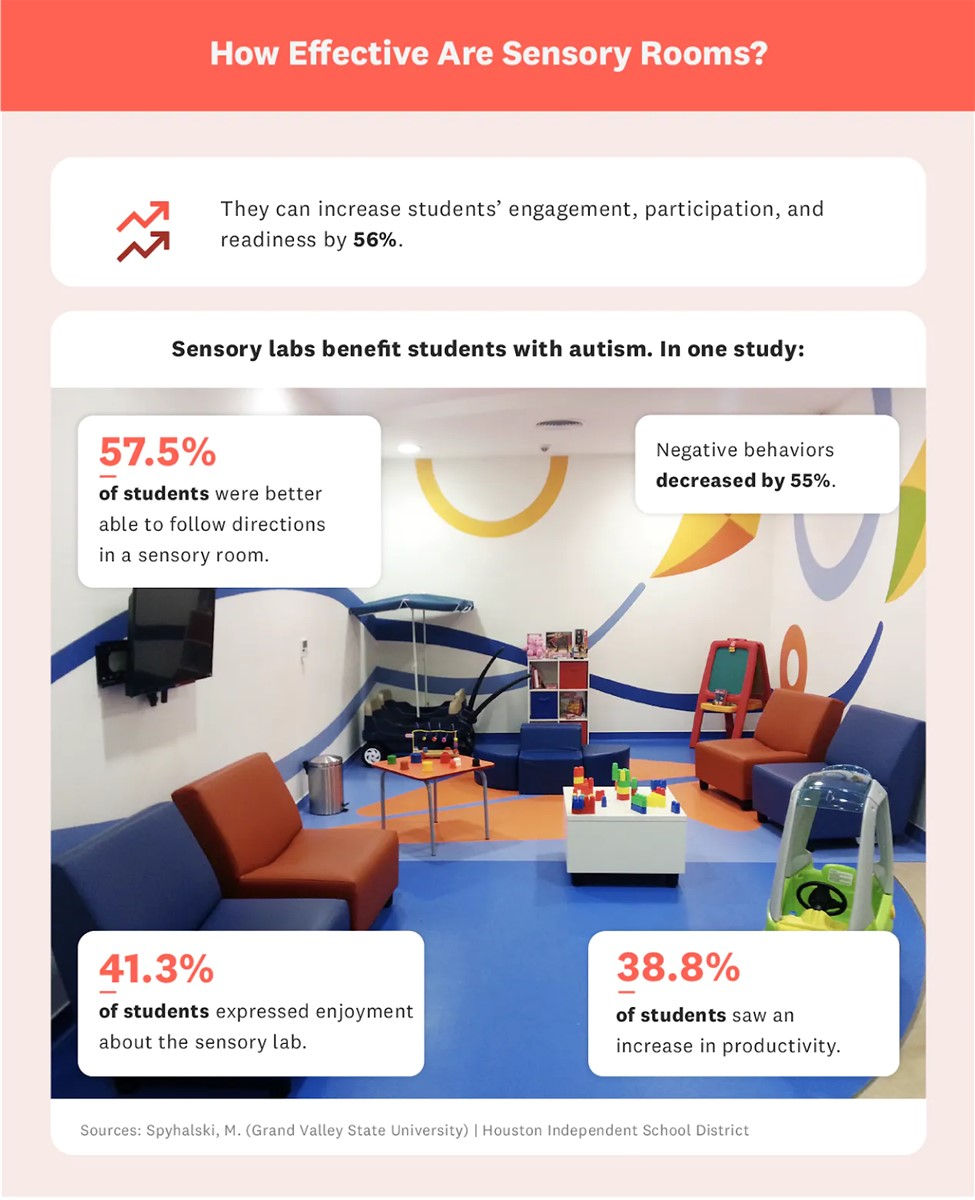Small Additions to Enhance Your Child's Sensory Environment
- Susan Donohoe

- Apr 24, 2020
- 4 min read
Updated: Jul 14, 2025
Environmental enrichment, including sensory enrichment, has been shown to improve a child’s symptoms related to autism, including areas like learning, anxiety, sleep, sensory processing, and communication. Sensory enrichment can help children with other sensory processing deficits as well.
But sensory enhancement doesn’t have to only revolve around structured appointments. Small additions to a child’s environment and routine can add to their sensory experience and continue to add input opportunities to improve anxiety, self-regulation, and motor skills. These are just a few suggestions. Be sure to follow up with your professional team to customize sensory additions to your child’s needs.
ADDING TOUCH AND TEXTURE
Some children seek out tactile stimulation, leading them to touch anything that comes to hand. Others may have tactile sensory issues and avoid everyday tactile feeling and touch. If your child falls into these categories, adding touch and textures to their environment can help them explore those sensations or become desensitized to necessary touches and feelings. It’s important to remember when adding tactile experiences to the sensory environment that we feel with more than just our fingers. A soft blanket can be rubbed against the face. Rice in a bowl can feel both smooth and hard. Even floor squares can allow a child to experience textures with bare feet. Make small additions to their space - their bedrooms, play space, kitchen, and living space - to allow exploration of different textures to be felt in a multitude of ways, including during playtime. Consider adding:
A small container of rice or sand that your child can run their fingers through
Finger paints during play and crafts time
Tactile wall decorations
Books with tactile elements
Bath toys of different textures and density, from squishy to smooth and firm

BIG MOVES TO IMPROVE LITTLE ONES Movement is a substantial element in sensory experiences and in helping children on the spectrum process positioning and other vestibular input. When we add movement activities, like spinning and swinging, into a child’s space, they can use these activities to help train gross motor skills and coordination. As the brain learns to process these movements, it can have a positive impact on fine motor skills like closures on clothes and managing utensils. Spinning can be a powerful way to include motion in the sensory environment. Any spinning activities should be closely monitored and controlled, as well as reactions assessed after a spinning activity. Spinning can be added to the environment with something like a Sit n’ Spin toy. Any spinning, however, should be discussed with your professional team. Swinging and rocking are other examples of motion sensory input. Both of these can be relaxing and easily added with a rocking chair or a swing suspended from a ceiling. If you can work it into their environment, a hammock-like swing that allows your child to swing while prone on their stomach can be very beneficial. SMELL BETTER We sometimes forget about our sense of smell as a means of sensory stimulation, but it’s one of the easiest ways to include sensory input into your environment. Adding a diffuser into various rooms in your home will allow you to add scent to accompany different activities throughout the day. Scented soaps for handwashing double up input, with tactile stimulation being added into the activity. Add a vigorous drying with a soft towel for multiple sensations in a single activity. Other places where you can introduce soothing and pleasant smells include bath time and bedtime. Using a linen spray on bedding or a scented bubble bath again will double up the sensory experience. Typically we think of mealtime as related to taste and texture, but smell can become a part of the experience as well. Have your child smell different foods before tasting them. Verbal children may be able to tell you what they thought it would taste like based on the smell. For non-verbal children, ask them to indicate which smelled the best of the choices.
PRESSURE Anyone who has learned the value of deep pressure therapy will know that it has value within a child’s sensory environment. But pressure can also be used outside of therapy to ease anxiety and create calm. For instance, for a child that has trouble transitioning, a weighted vest or pocket weights added shortly before a move to the next activity may lessen tantrums and meltdowns. Car rides can be less anxious with the addition of a weighted blanket on the lap. If you’ll be in a location where there is a high probability of an emotional reaction or overwhelm, dress your child in compression clothing or weighted clothing. In a pinch, a hug with a firm circular rub on the back will do the trick!
Products You May Like:



